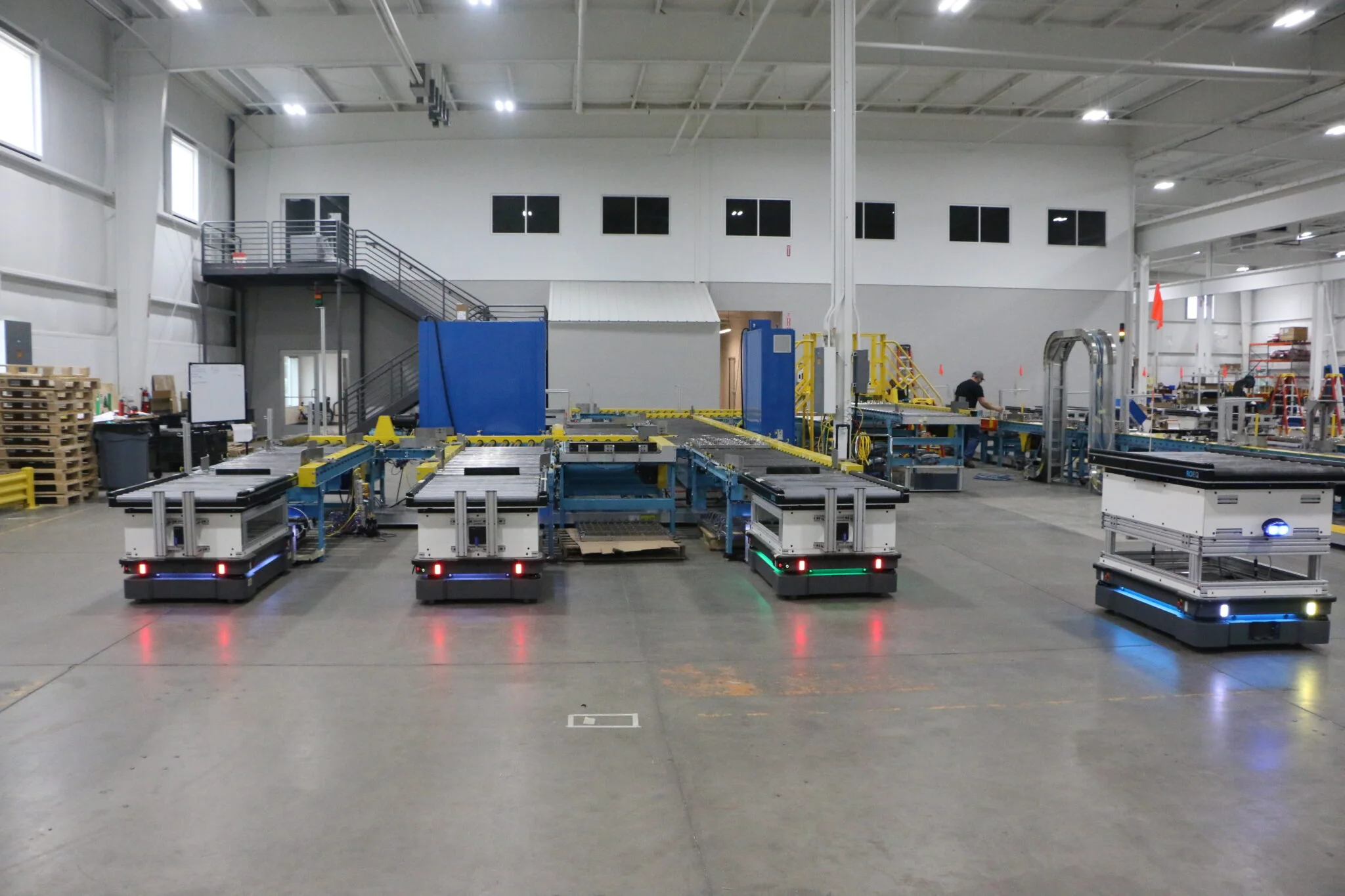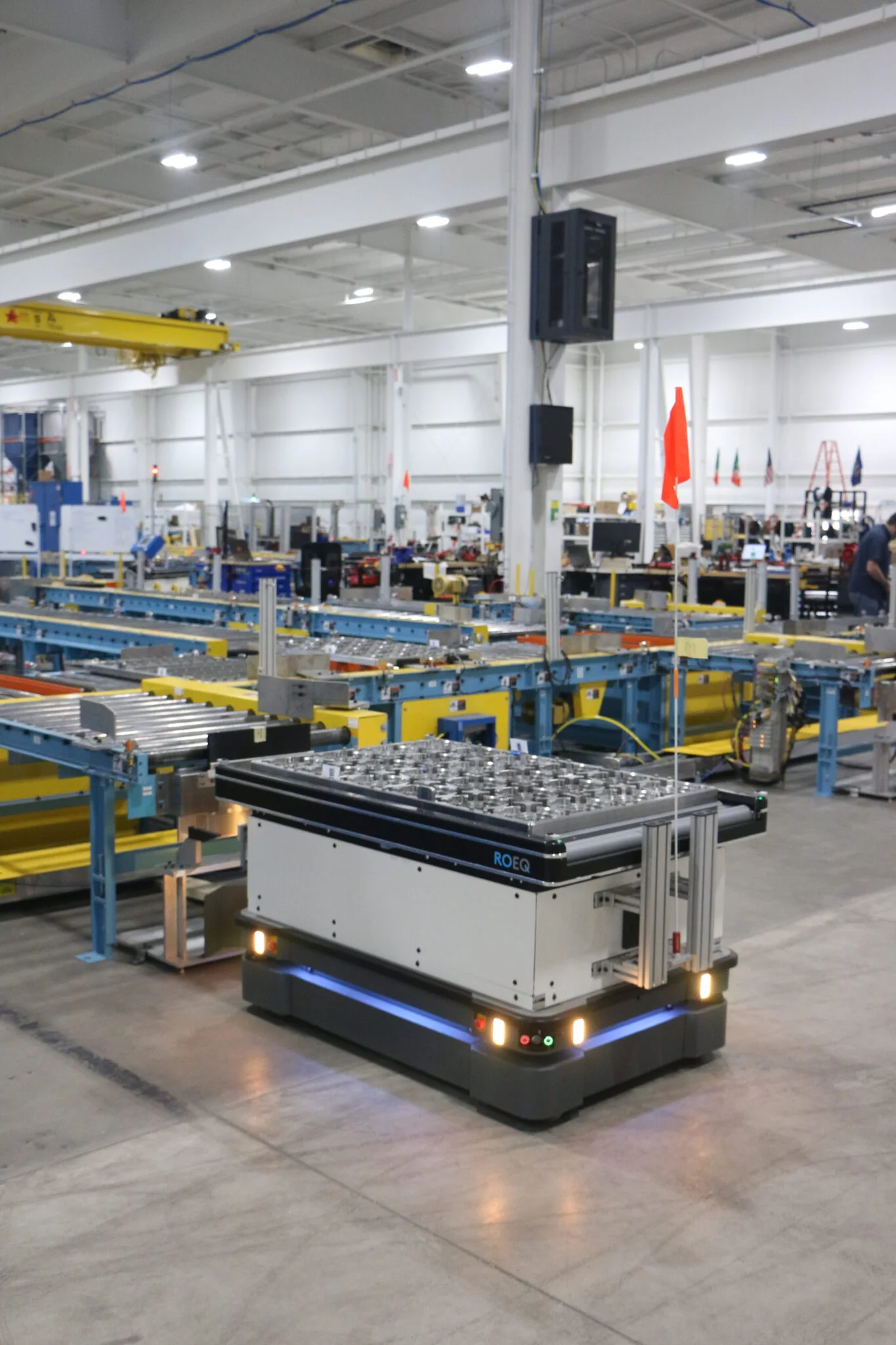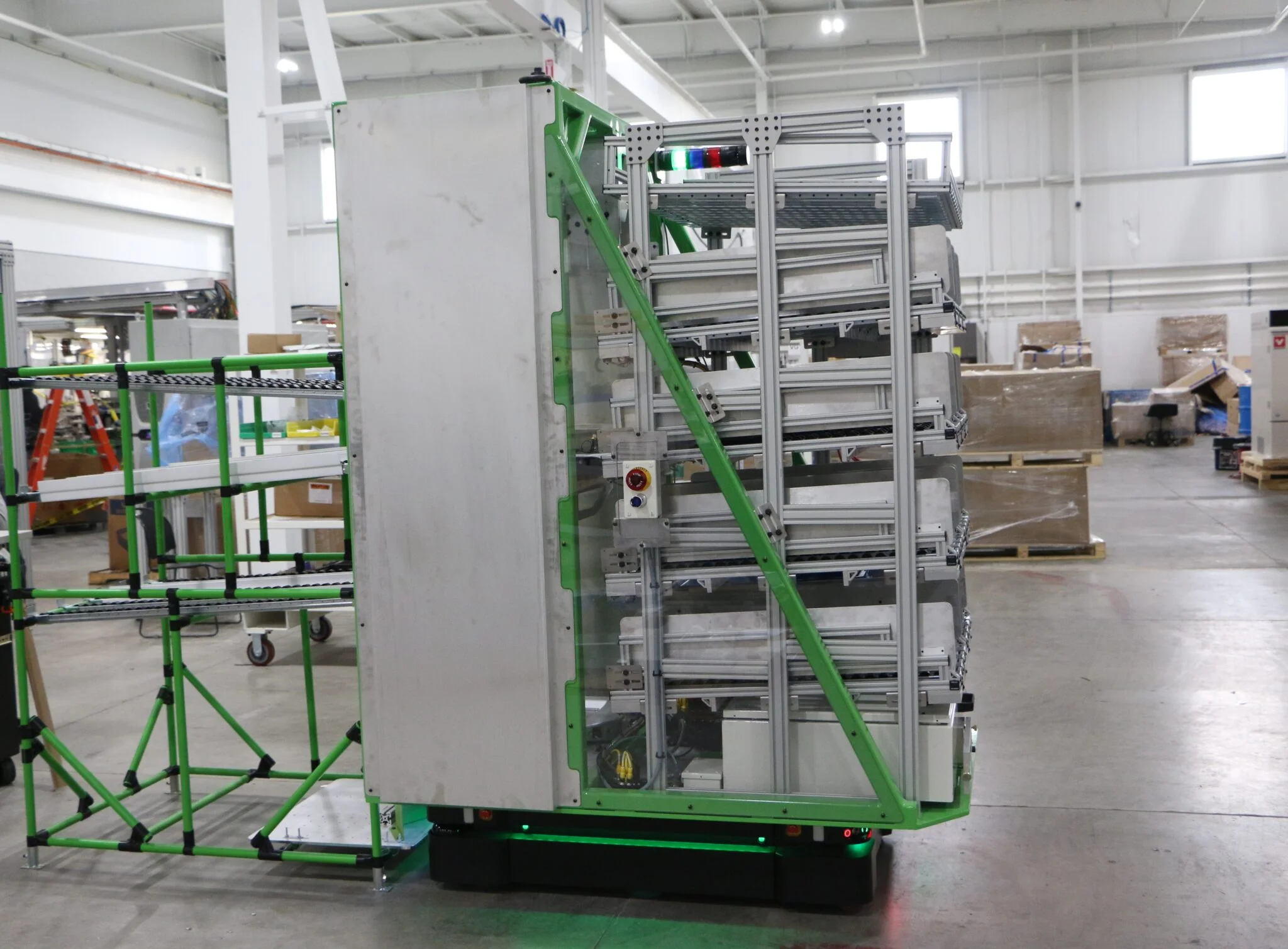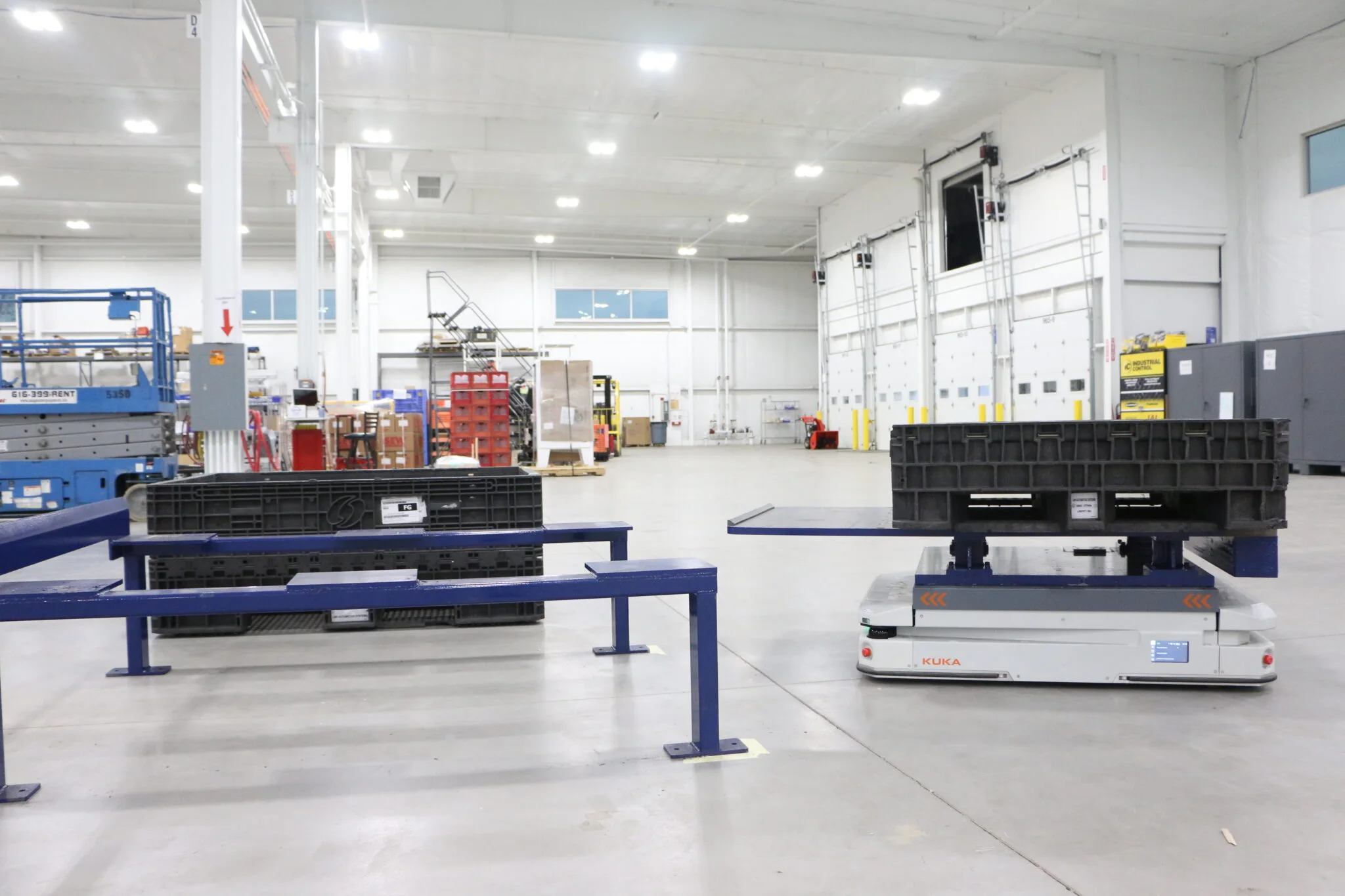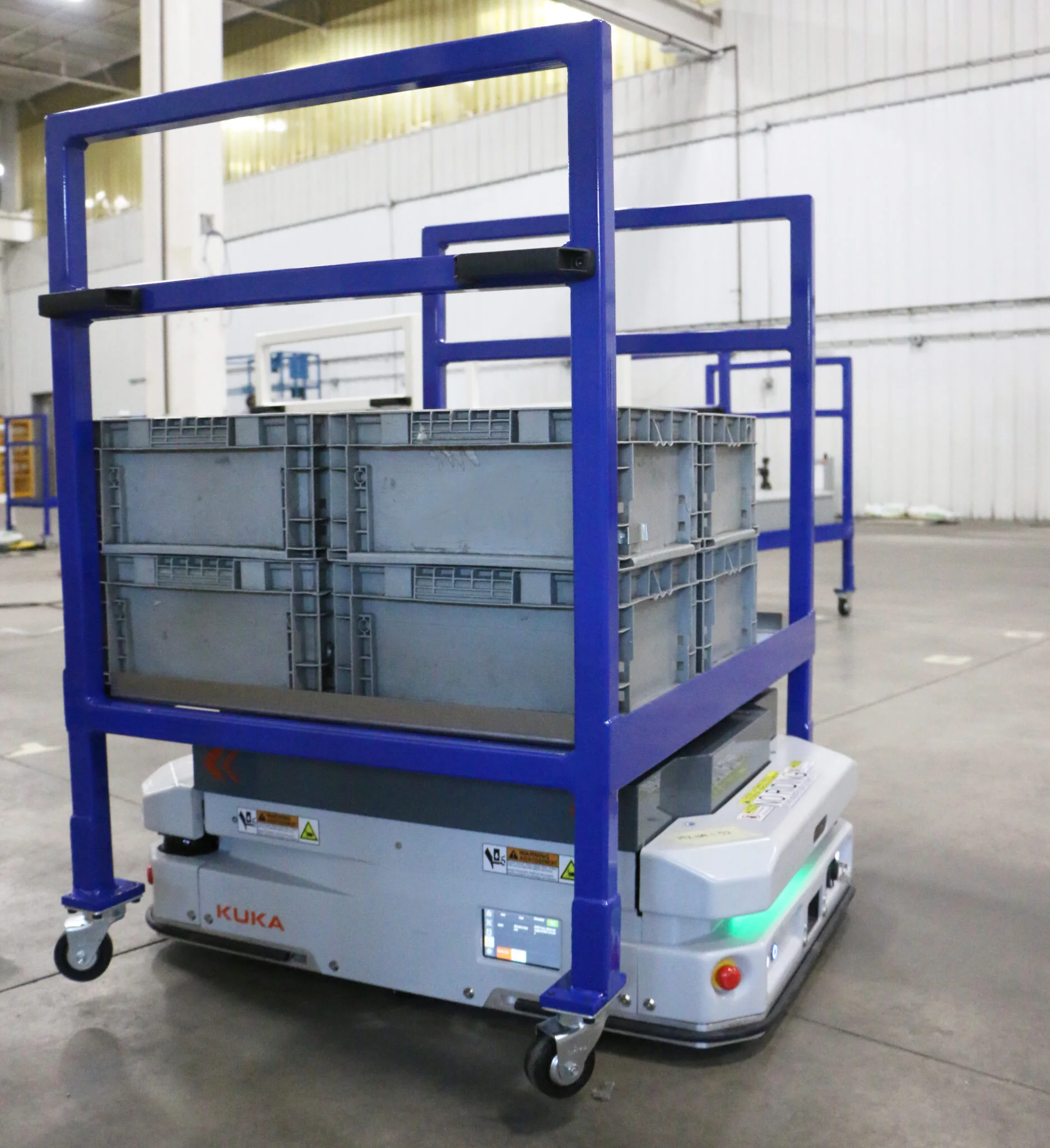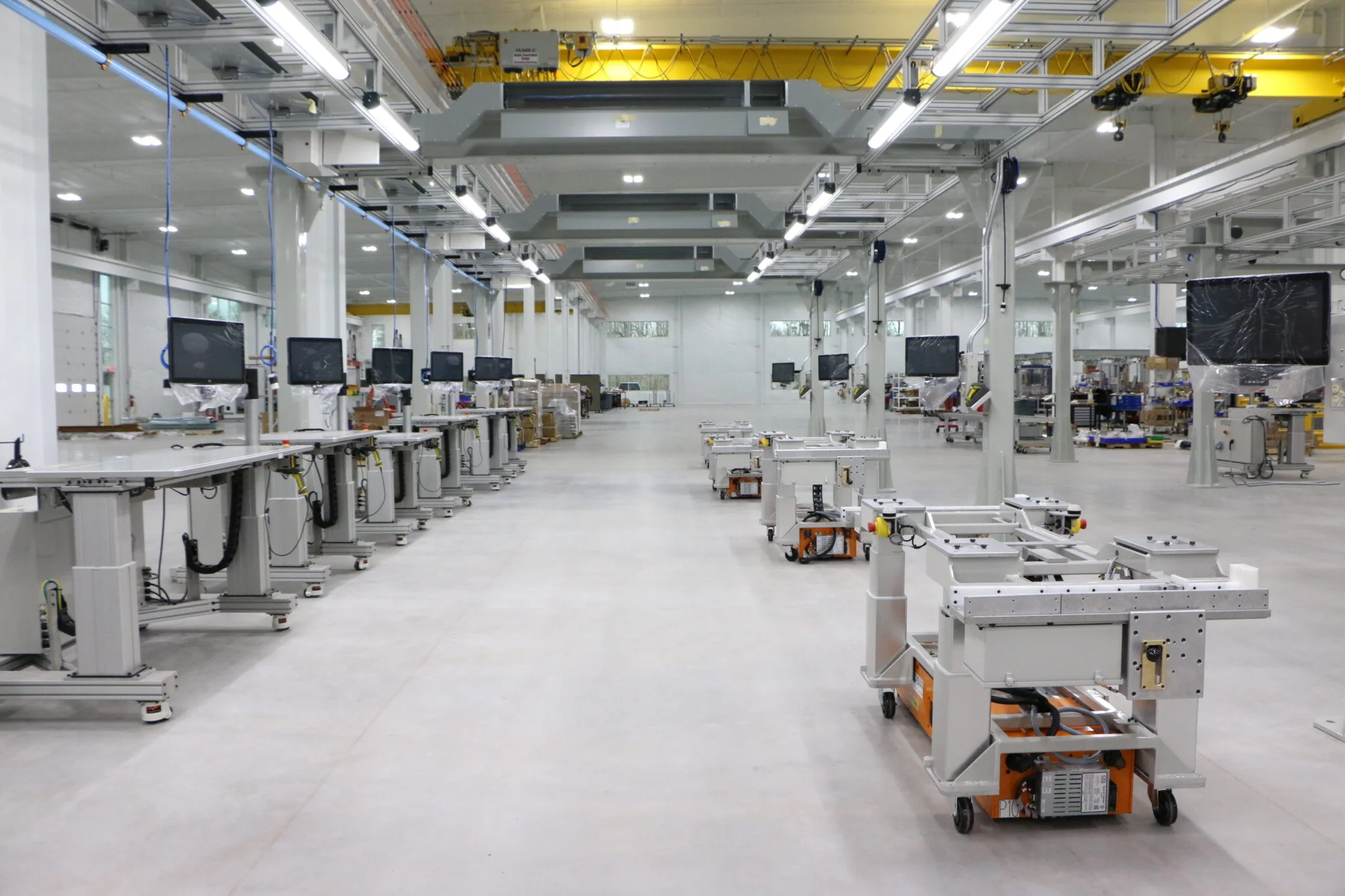Capabilities
Autonomous Mobile Robots (AMR)
Integrating Autonomous Mobile Robots (AMRs) into existing systems can improve efficiency and productivity, and optimize workflows.
With Koops’ extensive experience and partnerships with top AMR manufacturers such as Kuka, MiR, and Staubli, our ability to design and deliver various AMR project applications is unmatched. Whether your project specifies a particular AMR brand or you’re evaluating options, our team has the knowledge to support you. We will work together to figure out the best AMR solution for your application.
What to understand when starting an AMR project
- Loads to be transported The weight and size of items to be transported determine the model of AMR that will be used.
- Material carriers By “carrier,” we mean any bin, pallet, rack, etc., that is not permanently affixed to the AMR. The size of these may change the model or configuration of the AMR.
- Top hat “Top hat” refers to any device semi-permanently affixed to an AMR to secure the carriers to the vehicle. The choice of top hat is directly related to the types of docking stations the AMR must pick from and deliver to.
- Docking stations The type of docking station that the AMR will pick from and deliver to—passive stands, roller conveyors, or some other arrangement—will affect what AMR and top hat are used.
- Plant layout Plant layout determines travel distances, travel speeds, the ability of multiple AMRs to meet and pass head-on, interactions with other vehicles and pedestrians, and safety considerations. All of these affect cycle times which, when combined with number and frequency of missions, determine fleet size.
- Missions Moving a load … in a carrier … on a top hat … from a docking point … to a docking point … through the plant layout … defines a mission. There should be a Mission Plan For Every Part, with required mission frequency, including missions to return empties to reload points where applicable.
Custom top configurations
- Flat plate
- Lift deck
- Roller top
- Custom carrier rack
- Cone & cup
- Automated Flow Rack Replenishment
- Integration with Automated Storage and Retrieval Systems (ASRS)
Common Applications
- Workflow optimization
- Parts-to-Line
- Kitting and sequencing
- End-of-Line
- Trash removal
- Long-haul transportation
- Product staging
- Lineside replenishment
- Transportation of goods
Top Brands
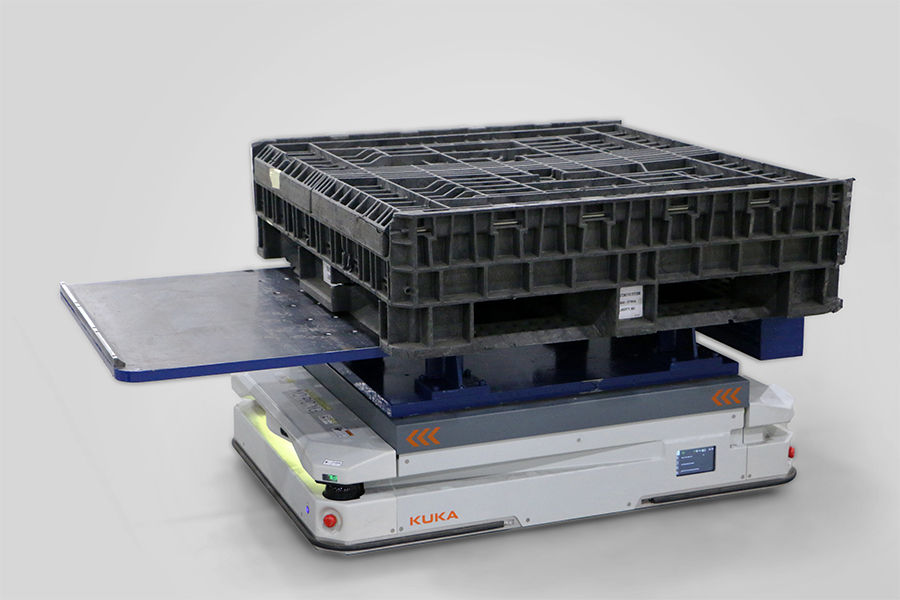
System Partner
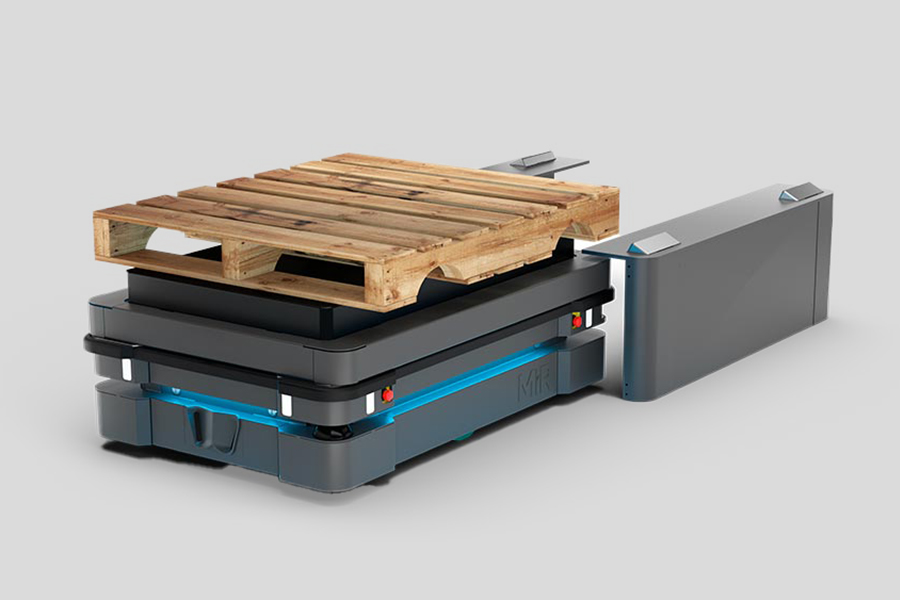
Certified System Integrator
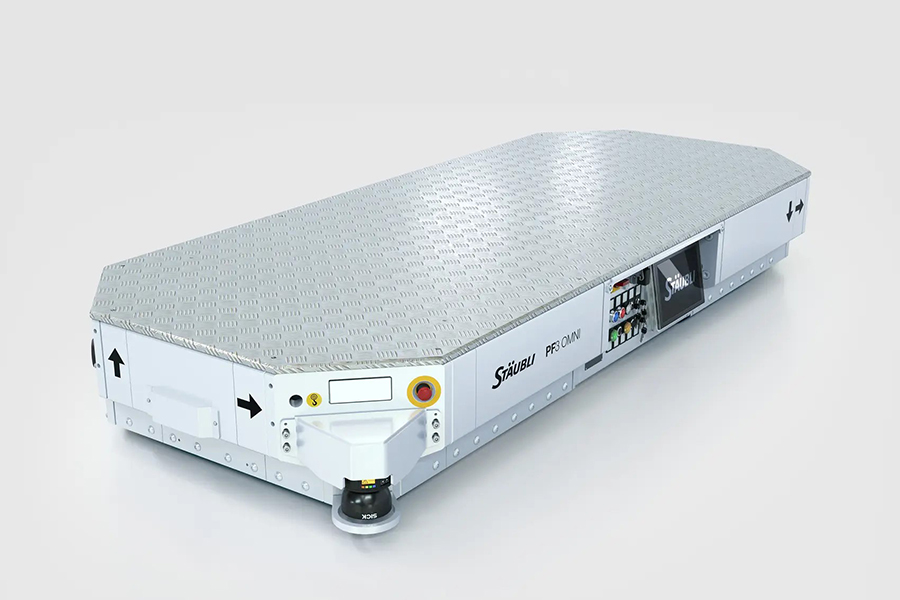
Integration Partner
Key Considerations for a Successful AMR Application
- How many docking points will be needed for my application?
- What are my aisle widths and lineside access points?
- What is my Wi-Fi Signal strength? Do I need to improve it?
- Do I have someone to turn to, to ask questions and provide support if implementation of the AMR vehicles and fleet control software does not go as planned based on the resources provided by the manufacturer?
Koops can help ensure installation of a successful system. Our expertise includes:
- Designing, building, and installing top hats and docking stations to create the interface between AMRs, material to be transported, and other operations.
- Creating mission initiation methods—which can be as simple as manual push buttons or as complex as direct software interfaces with MES, WMS, and ERP systems.
- Evaluating and preventing risk and safety issues.
- Training your people to sustain ongoing, successful implementation.
